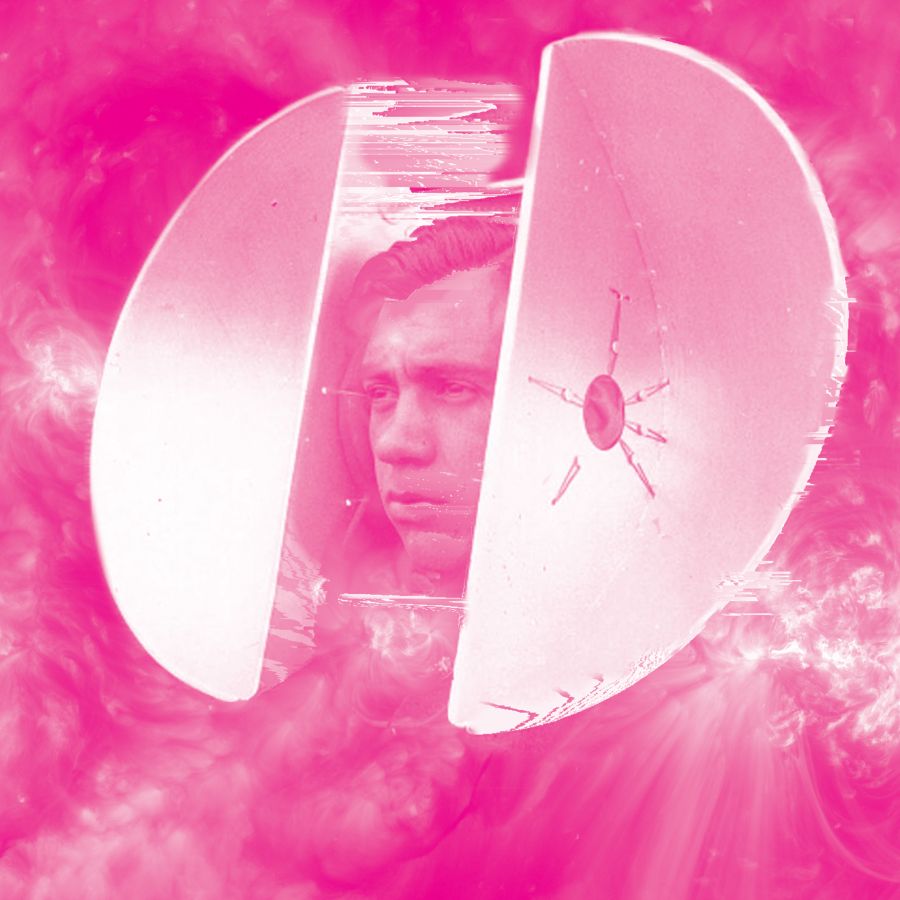Difference between revisions of "Demystifying the Æther"
| Line 93: | Line 93: | ||
<br><br> | <br><br> | ||
| − | =Artistic | + | =Artistic research & works= |
'''Raviv Ganchrow : Knallfunken''' | '''Raviv Ganchrow : Knallfunken''' | ||
| Line 126: | Line 126: | ||
https://drowning.in/aether/research/ | https://drowning.in/aether/research/ | ||
| + | |||
| + | '''Spectres of the Spectrum (1999)''' | ||
=Raspberry PIrate Station= | =Raspberry PIrate Station= | ||
https://pad.vvvvvvaria.org/RaspberryPirateWorkshop | https://pad.vvvvvvaria.org/RaspberryPirateWorkshop | ||
Revision as of 01:01, 9 January 2023
About
In this elective, we will explore the world of electromagnetic waves and their omnipresence in our lives. We will materialize the invisible, making it audible. With sound artist Matthias Hurtl (https://drowning.in/aether/research) (in collaboration with the Interaction Station) we are going to learn about the basic principles of radio broadcasting and software-defined radio. We will demystify radio signals and other electromagnetic waves that fill the Æther. The Æther is a medium that was once supposed to fill all space and support the propagation of electromagnetic waves, an intervening substance through which signals can travel as a means of communication. We will delve into the narratives of the invisible signals around us that illustrate the expansive, systemic, and geological attributes of the Technosphere.
Based on simple experiments with various forms of radio communication, like building a micro pirate radio station with Raspberry Pi, and constructing antennas to capture satellite signals and other electromagnetic waves, students will acquire all necessary skills for their assignment.
We will work at the Interaction Station and outdoors.
Assignment
The goal of the elective is that the students propose and execute a project with the acquired skills in the realm of radio and electromagnetics and present a prototype at the end of the second week. Open format (performance, audio/visual piece, installation, wearable, etc.)
Assignment week 1
Record a signal on your own and develop a concept for the final assignment.
Final assignment week 2
1. Work on developing an experimental antenna/instrument/installation/emf sniffer that can focus either on receiving radio signals(satellites or not) or the unfiltered emf noise from the EMF realm around. That means you can work on developing this object/wearable/tool that will then be the final work, demonstrated live and/or in video documentation.
2. Focus on the sounds from the devices already available, work on exploring/recording/collecting sounds (or both sound and video) and then create an audio-visual work or audio composition. That can be in any direction you want to take or you work in, narrative...all the way to...totally abstract.
3. If you think you want/have time you can do both! that would be super amazing.
Signal hunting
Frequency allocation
VLF - Very Low Frequency - 3 kHz - 30kHz (Military, Submarine, Time Signals)
LF - Low Frequency - 30 kHz - 300 kHz (AM Longwave, Amateur Radio)
MF - Medium Frequency - 300 kHz - 3 MHz (AM Longwave, Amateur Radio)
HF - High Frequency - 3 MHz - 30 MHz (Over-the-horizon radar, Shortwave radio, Marine)
VHF - Very High Frequency - 30 MHz - 300 MHz (FM, Aircraft communications, Weather Satellites)
UHF - Ultra High Frequency - 300 MHz - 3 GHz (WLAN, 3G, 4G, GPS)
SHF - Super High Frequency - 3 GHz - 30 GHz (5G, Radio astronomy, 5 GHz WLAN, Radar, communications satellites)
EMF
LOM's Electrosluch an open-source device for electromagnetic listening. It allows one to discover sonic worlds of electromagnetic fields, surrounding our every step. Just plug your headphones & explore.
It has two inductors, allowing for stereo audio signal. It also has an onboard opamp. It brings about rather directional, close distance, intimate listening.
LOM's Priezor is an open-source passive magnetic antenna for electromagnetic listening. It is very sensitive and capable of capturing faint atmospheric events in VLF radio bands. Compared to regular Elektrosluch, it is less directional and focused, and therefore more useful in recording ambient electromagnetic fields, where the overall "sound of the place" is desired.
If built as intended has a frequency response: 20 Hz – 90+ kHz
LOM
Electromagnetism 101 ?
and this?
Electromagnetic Radiation
Magnetic Field of a Wire
Something in between
SOMA's Ether has a regenerating circuit and a demodulator, making it an actual radio wave receiver, not just an amplifier of low-frequency magnetic fields. However, ETHER can perceive low-frequency magnetic fields as well.
The engineer writes that ETHER is very sensitive to any kind of digital circuitry that’s in close proximity. This is why he didn’t put an SD card recorder or something like that inside. You also have to make sure to keep other electronic devices that you carry (phone, laptop, recorder) at least 30cm away to avoid interference, but ETHER definitely works well when you walk around with a smartphone and laptop in other pockets and bags.
Radio
Satellite Tracking
http://www.n2yo.com/whatsup.php
Signal id
https://www.sigidwiki.com/wiki/Signal_Identification_Guide
Number stations
SDR software
https://gqrx.dk/
http://www.websdr.org/
http://kiwisdr.com/public/
Artistic research & works
Raviv Ganchrow : Knallfunken
https://soundcloud.com/phonurgia-nova/raviv-ganchrow-knallfunken
Sophie Dyer & Sasha Engelmann : Open-weather.community
Open-weather is a collaborative art and research project with geographer Sasha Engelmann probing the noisy relationships between bodies, atmospheres and weather systems through experiments in Ham radio, open data and feminist tactics of sensing
Feminist shortwave collective
https://www.shortwavecollective.net/
Sarah Grant & Danja Vasiliev : LANscapes
Afroditi Psarra
https://afroditipsarra.com/work/embodied-rf-ecologies
Patrizia Ruthensteiner & Dewi de Vree
https://magnetoceptia.wordpress.com/
emptyset - signal
https://www.youtube.com/watch?v=3xIf95DULxM
MMTHS : Drowning in Æther
https://drowning.in/aether/research/
Spectres of the Spectrum (1999)
